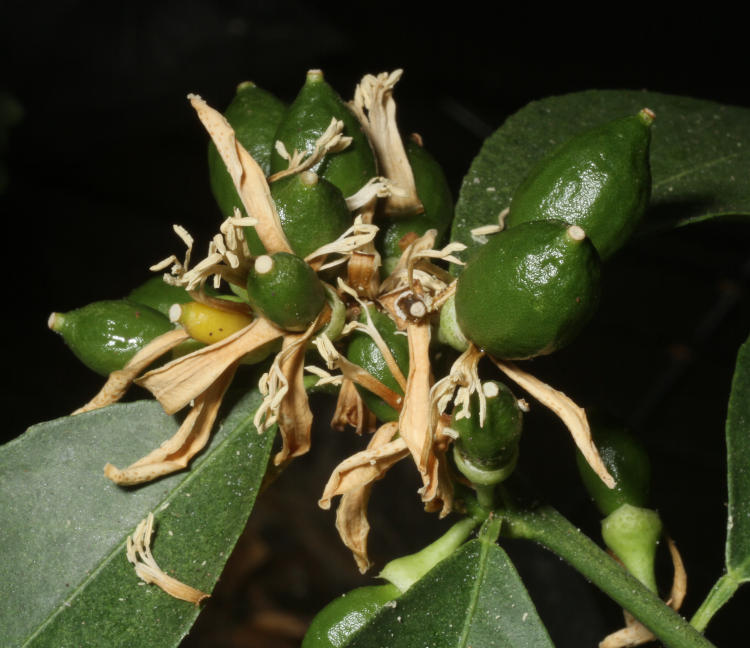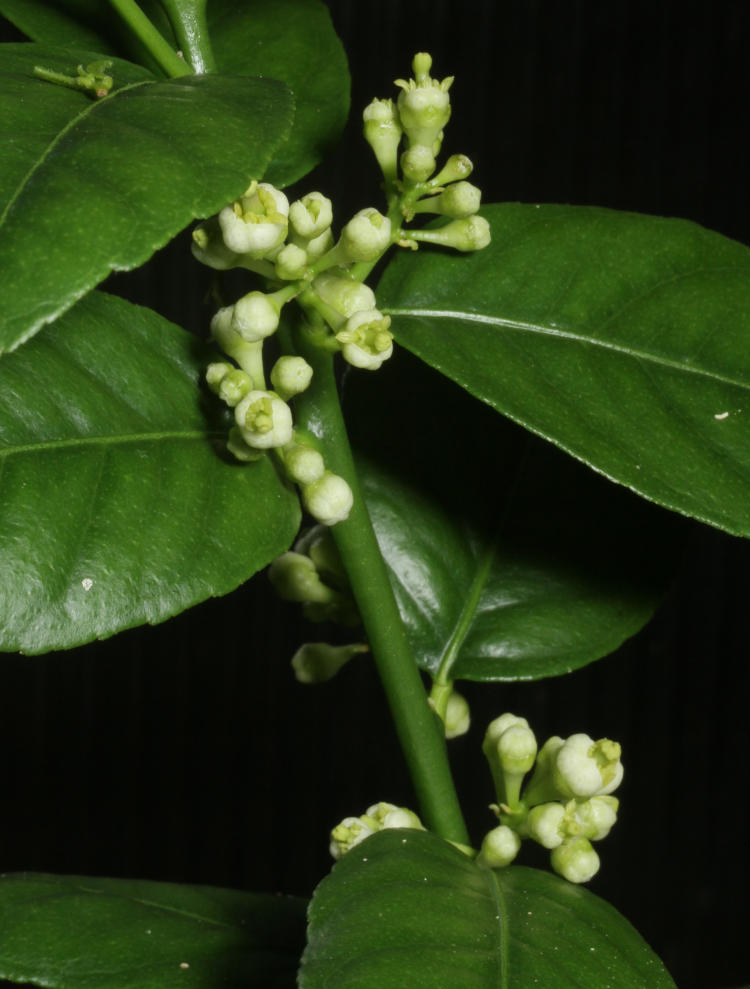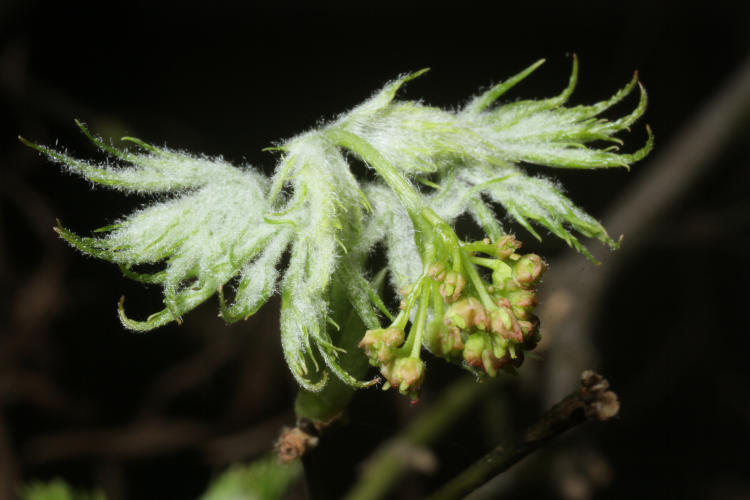Tomorrow is Darwin Day, honoring Charles Darwin’s contributions to science on the 214th anniversary of his birth. As an added bonus, it falls on a Sunday this year, so make sure you hang out at your nearest fundamentalist church to appraise the attendees of this fact and wish them good luck in evolving.
I already have a post lined up, and might be attending a lecture nearby, which I can also do remotely because that’s a thing now. Right at the moment, I’ll present a hackneyed little tribute from local sources, because really, if you want a serious perspective you want someone more educated than I. Plus it’s just an update on previous posts, not like anyone cares.

The lemon tree in the greenhouse is almost through its blossoming season – this one remained, and you can see another bud there. If you look closely, you can also see an aphid (base of the frontmost petal) and a red mite (top right,) part of the arthropod contingent that has found the greenhouse to be inviting – I also discovered a young magnolia green jumping spider in there, but while I had the watering can in hand and not my camera; it had found a hiding place by the time I corrected that.
Yet while the blossoms are dying off, evidence that my efforts at pollination were successful are appearing.

I was afraid of this, really; we’re fine with the lemons, but that’s a lot of lemons on the ends of this branch, and we’ve already seen that the small tree gets weighted down with just one. We’d better get out there with some fertilizer, or protein powder or something, lest this tree look like a weeping willow.
While one could easily say that this is unnatural selection in operation, a tropical tree brought into a temperate zone and maintained in unseasonal greenhouse conditions, pollinated by a human, this is kind of assuming that humans and their efforts are unnatural, when in reality we’re just another factor that can be selected for, as most of our domesticated animal and plant species demonstrate. The tree is surviving by being ornamental and producing fruit that we will eat, and that’s how it works. So, po-tay-to, po-tah-to, poh-tetto…
Right alongside these, one of the two lime trees that we obtained last year is showing progress.

Yes, I’ll be pollinating these too when they get to that stage. In fact, if there’s any coincidence in timing, I may cross-pollinate between the lime and lemon trees, marking the branches to see what, if anything, develops. If I can find a carbonation plant, I’ll try to create a Sprite fruit…
And finally, one of the Japanese maples:

Not wanting to totally fill the tiny greenhouse this winter, last spring I transplanted this tree into the yard, but either the soil wasn’t good enough, or I’d done it at the wrong time – I’m leaning towards the latter. It failed to thrive and was starting to look like it was dying off, so I pulled it back out of the yard and into a large pot again – whereupon it started to bud out in late fall. I suspect now that transplanting should have been done in the fall in the first place, and the tree got confused about the seasons, however they determine this. But it seems to be back on track now, and will likely remain in the pot, at least for a while. Not ideal, because I’d rather not be watering so many different things, but so it goes.



















































